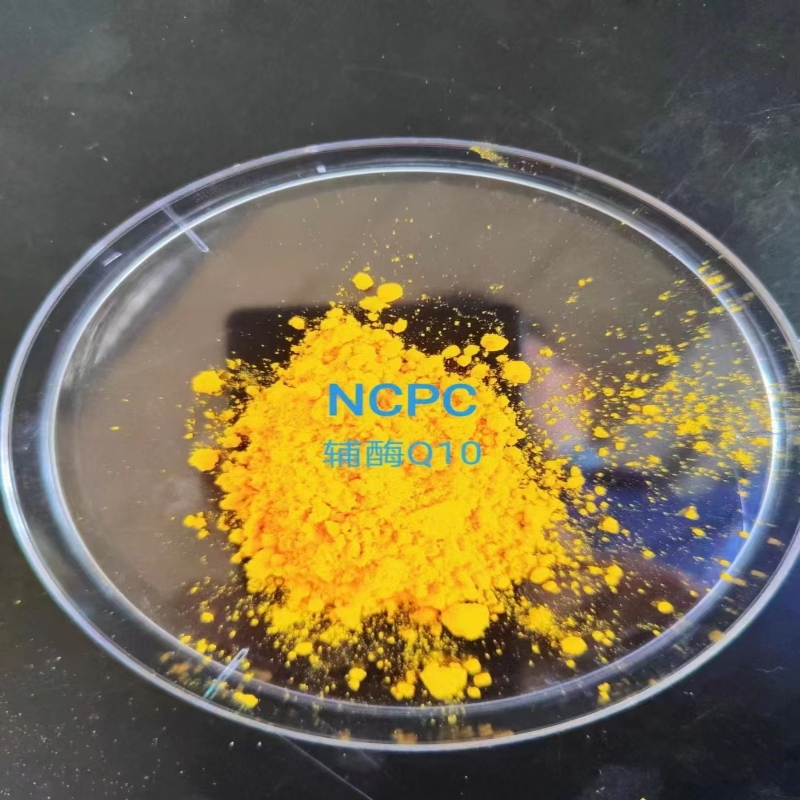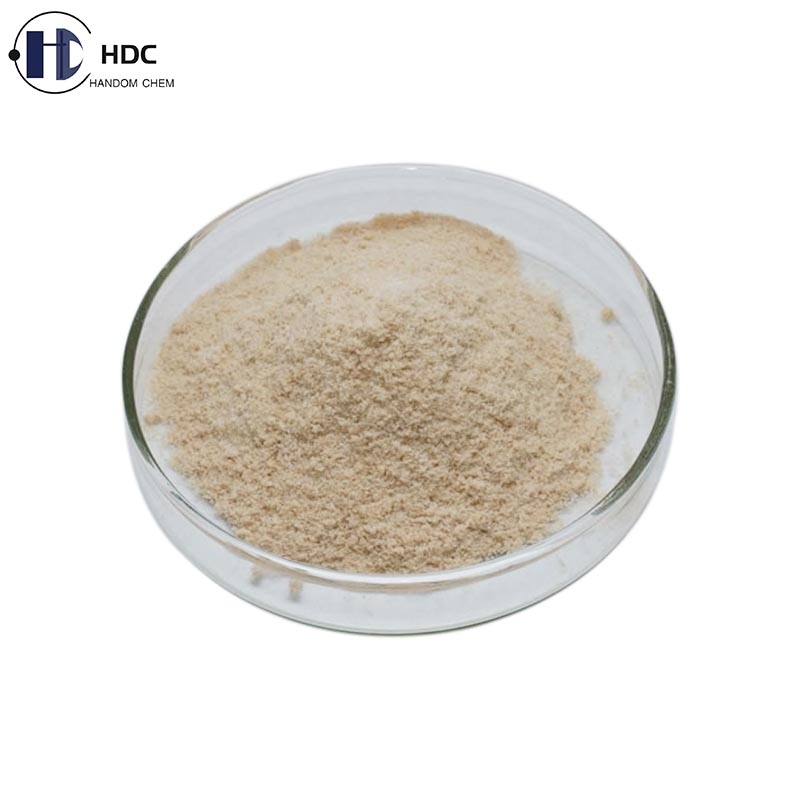-
Categories
-
Pharmaceutical Intermediates
-
Active Pharmaceutical Ingredients
-
Food Additives
- Industrial Coatings
- Agrochemicals
- Dyes and Pigments
- Surfactant
- Flavors and Fragrances
- Chemical Reagents
- Catalyst and Auxiliary
- Natural Products
- Inorganic Chemistry
-
Organic Chemistry
-
Biochemical Engineering
- Analytical Chemistry
-
Cosmetic Ingredient
- Water Treatment Chemical
-
Pharmaceutical Intermediates
Promotion
ECHEMI Mall
Wholesale
Weekly Price
Exhibition
News
-
Trade Service
February 16, 2015 / BIOON / -- recently, nature communication, a famous international journal, published the latest research results of German scientists They analyzed the structure of sirt2 and its specific inhibitor complex by structural biology method, and found that sirt2 specific inhibitor can induce sirt2 activity site rearrangement and affect its enzyme activity Sirtuins are highly conserved NAD + dependent lysine deacetylases, the researchers note Previous studies have found that sirt2 plays an important role in human cancer, inflammation and neurodegeneration Therefore, regulating the activity of srit2 has become a very promising therapeutic strategy for drug intervention, but at present, the research on sirt2 inhibitors is relatively lacking Through high-resolution structural analysis of sirt2 and its highly specific inhibitor complex, the specific mechanism of inhibitor specific inhibition of sirt2 activity was found They found that the selective and strong action of inhibitors on sirt2 was based on ligand induced rearrangement of a newly found binding pocket in sirt2 structure The application of a powerful sirtuin rearrangement ligand, srireal2, can lead to a high degree of acetylation of microtubules in HeLa cells, and induce the instability of checkpoint protein BubR1, which is consistent with the inhibition of sirt2 phenotype in vivo The specific mechanism of sirtuin selective inhibition was explored by structural biology method, which provided an important basis for further development of sirtuin inhibitors This article is the original compilation of Biovalley, welcome to reprint! Please indicate the source of the reprint and attach the original link Thank you!
doi:10.1038/ncomms7263
elective Sirt2 inhibition by ligand-induced rearrangement of the active site
Tobias Rumpf, Matthias Schiedel, Berin Karaman, Claudia Roessler, Brian J North, Attila Lehotzky, Judit Oláh, Kathrin I Ladwein, Karin Schmidtkunz, Markus Gajer, Martin Pannek,Clemens Steegborn, David A Sinclair, Stefan Gerhardt, Judit Ovádi, Mike Schutkowski,Wolfgang Sippl, Oliver Einsle & Manfred Jung
Sirtuins are a highly conserved class of NAD+-dependent lysine deacylases The human isotype Sirt2 has been implicated in the pathogenesis of cancer, inflammation and neurodegeneration, which makes the modulation of Sirt2 activity a promising strategy for pharmaceutical intervention A rational basis for the development of optimized Sirt2 inhibitors is lacking so far Here we present high-resolution structures of human Sirt2 in complex with highly selective drug-like inhibitors that show a unique inhibitory mechanism Potency and the unprecedented Sirt2 selectivity are based on a ligand-induced structural rearrangement of the active site unveiling a yet-unexploited binding pocket Application of the most potent Sirtuin-rearranging ligand, termed SirReal2, leads to tubulin hyperacetylation in HeLa cells and induces destabilization of the checkpoint protein BubR1, consistent with Sirt2 inhibition in vivo Our structural insights into this unique mechanism of selective sirtuin inhibition provide the basis for further inhibitor development and selective tools for sirtuin biology







